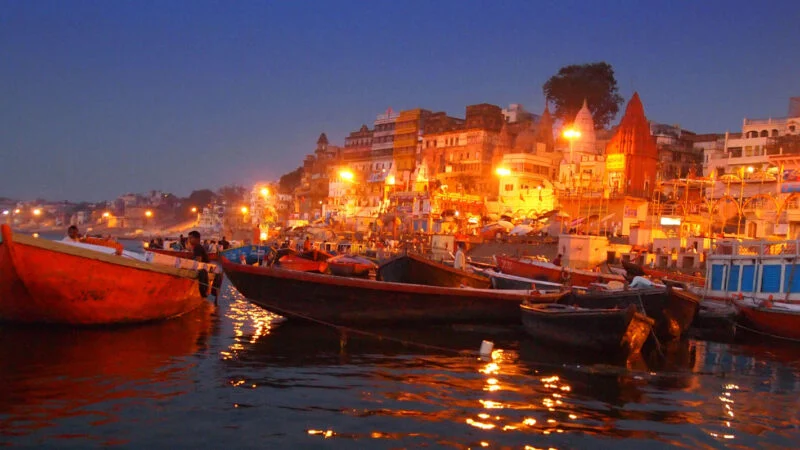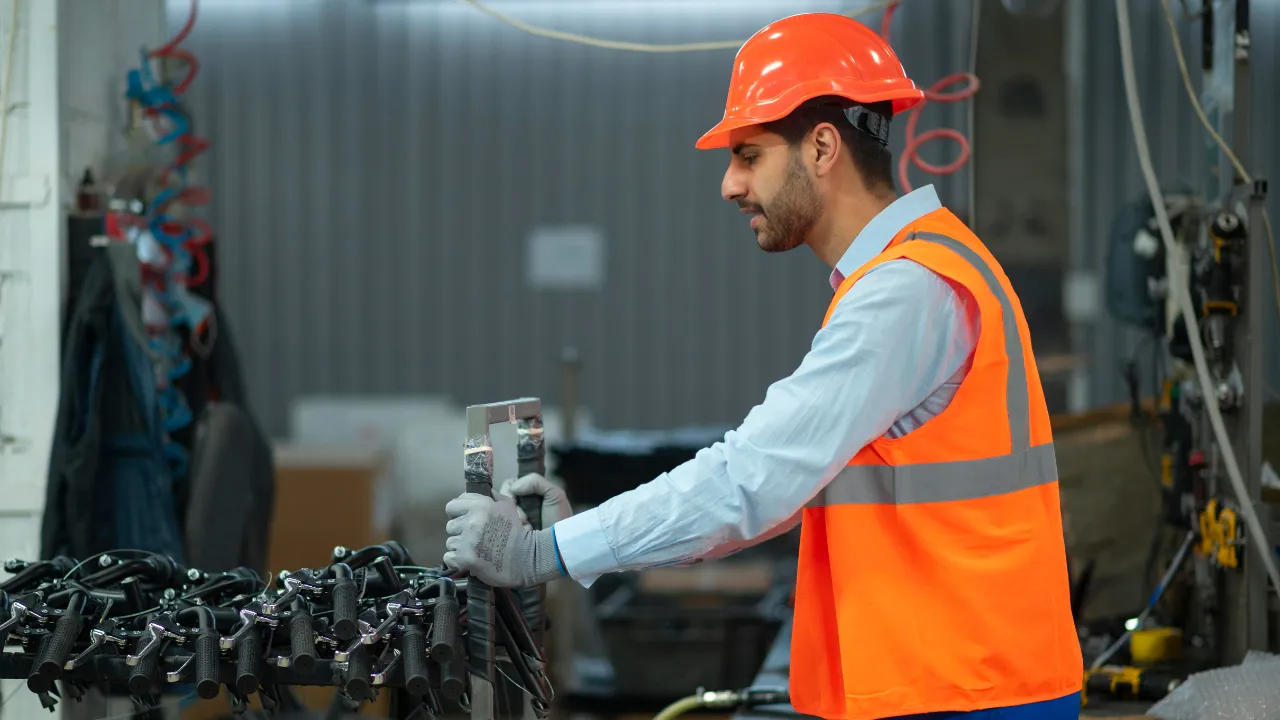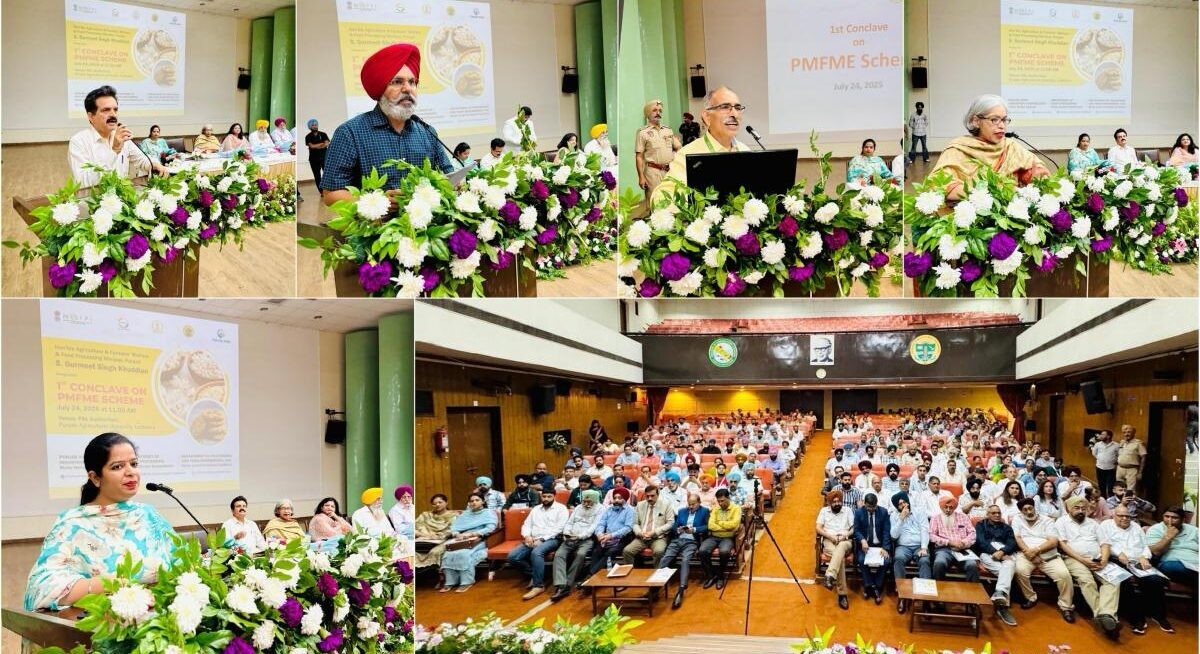Prayagraj and Varanasi have recently achieved something no other Indian cities have managed: both scored a perfect 100 out of 100 for their efforts to improve air quality, according to the Central Pollution Control Board’s latest assessment under the National Clean Air Programme (NCAP). This recognition is not just a number t reflects years of focused work, community involvement, and steady results.
How Did Prayagraj and Varanasi Do It?
In Prayagraj, air quality has improved dramatically in just a few years. In 2023-24, the city recorded 355 days with “satisfactory” air quality. By 2024-25, this number rose to 360 days—almost a full year of clean air. The city’s PM10 levels, a key measure of air pollution, dropped from 123 micrograms per cubic meter in 2023-24 to 99 in 2024-25. That’s a 20% improvement in a single year. If you look back to 2019-20, PM10 levels have fallen by more than 55%.
Varanasi, too, has seen a huge shift. Once known for poor air quality, the city now regularly reports some of the cleanest air in the country. In fact, Varanasi topped the national list with a 76% reduction in PM2.5 levels between 2019 and 2024, according to independent air quality reports. While there are still calls for more air quality monitoring stations to get a fuller picture, the improvement is clear: the city’s average AQI dropped by 72% from 2019 to 2023.
What Changed on the Ground?
Several steps made this turnaround possible:
- Urban Forests: Both cities planted dense patches of trees using the Miyawaki technique, a Japanese method that helps green cover grow faster and thicker. These mini-forests help absorb pollution and trap dust.
- Dust and Emissions Control: Authorities cracked down on dust from roads and construction, expanded green belts, and regulated polluting vehicles.
- Real-Time Monitoring: Pollution hotspots were tracked using new technology, allowing quick action when air quality dipped.
- Public Involvement: Residents supported these changes, from planting trees to following new rules for vehicle emissions and waste management.
- Electric Buses and Smog Guns: Varanasi’s action plan included electric buses and smog guns to reduce vehicle emissions and control dust, steps now standard in many Indian cities.
Why Is This a Big Deal?
Most Indian cities still struggle with air pollution. Even large cities like Mumbai saw only a 27% drop in PM10 levels over the same period, despite heavy investment. In contrast, Prayagraj and Varanasi have become models for what’s possible when planning, technology, and community action come together.
What’s Next?
Officials and environmental activists agree there’s still work to do. Both cities need more air quality monitoring stations to ensure data is accurate and covers all neighborhoods. But the results so far show that focused action can make a real difference, even in cities that once had some of the worst air in the country.
Prayagraj and Varanasi’s success is now being used as a blueprint for other cities in India. Their story proves that clean air is not just an idea, but something that can be achieved with the right mix of effort, innovation, and public support.
ALSO READ : Edorica Luxury Skincare: India’s Rising Clean Beauty Brand
























